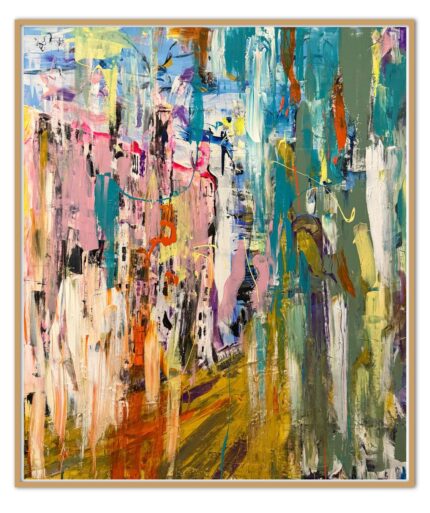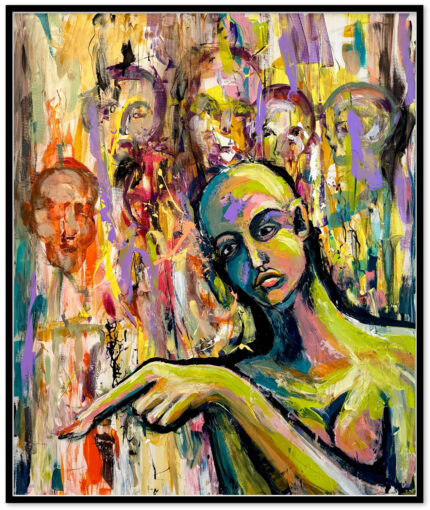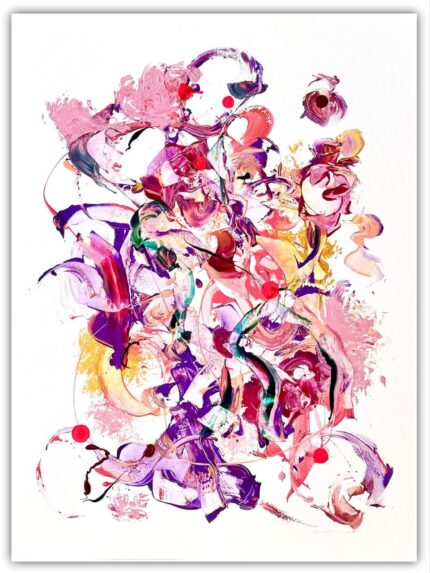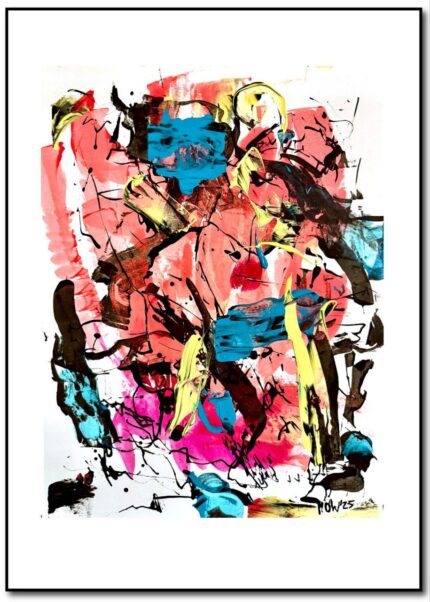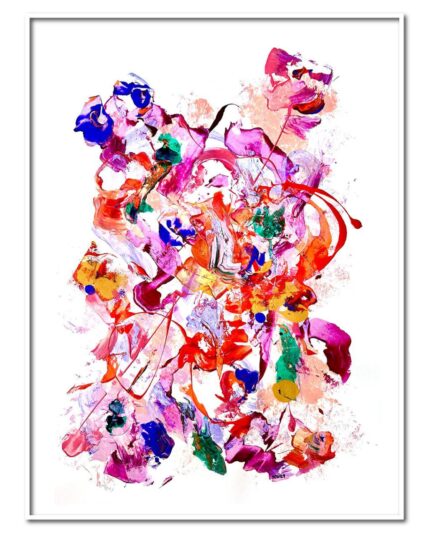Migina O. W.
Follow This ArtistMeet Our Artists
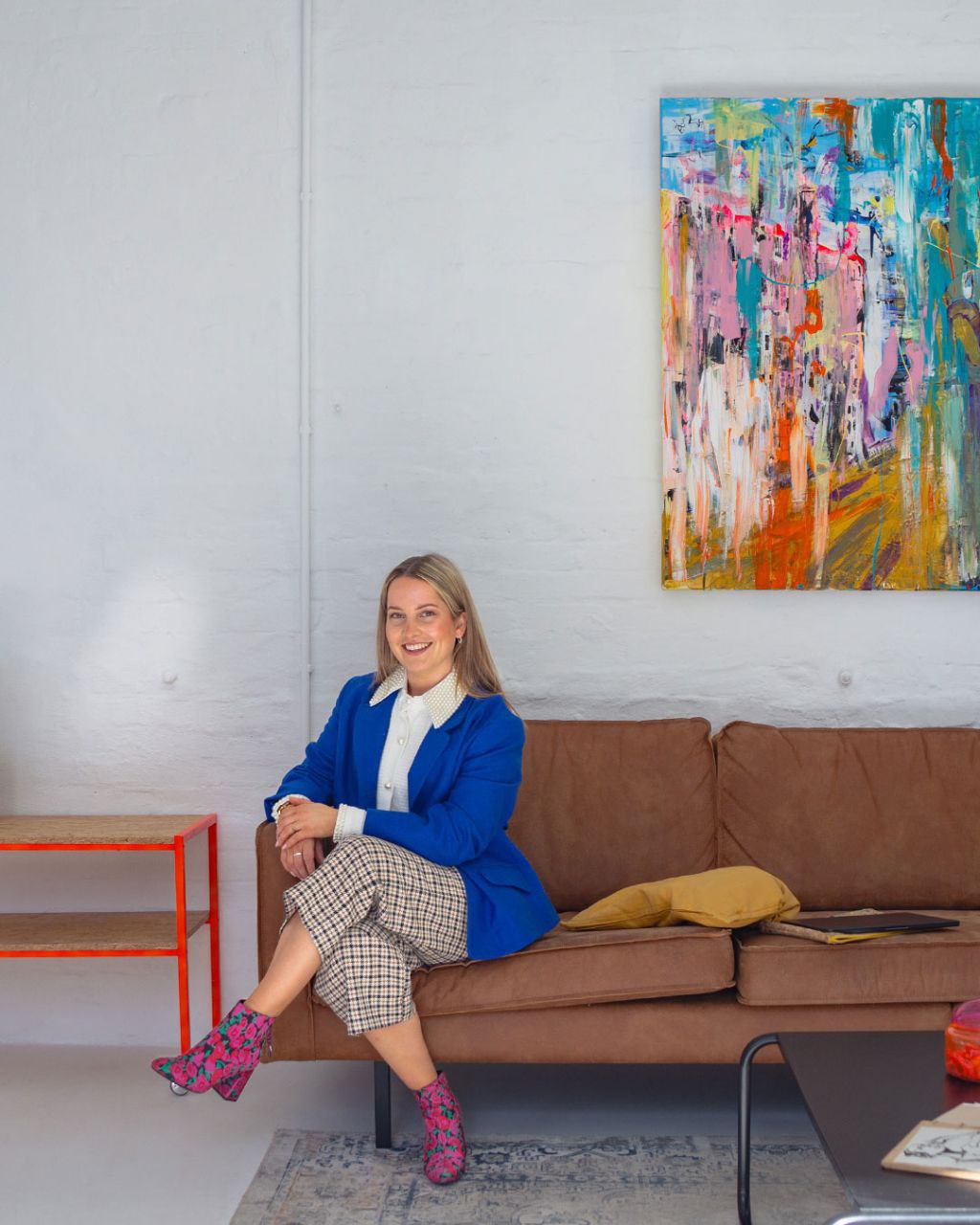
Migina Onida Winona
Migina O. W. , born in 1995 in Omaha, Nebraska, lives and works in Hamburg. She studied Communication Design at the University of Applied Sciences in Wismar, specializing in Aesthetic Experience through Participation in Art, and graduated with distinction in 2023. Since 2022, she has been working as a freelance artist and designer.
Her artistic practice focuses on social tensions, patterns of perception, and collective processes. Rather than reproducing existing systems, she explores their fractures, omissions, and fragile transitions. Her works invite the viewer not only to observe art but to engage with it – sensually, physically, and intellectually.
In her two-dimensional works, she develops a technique she calls Fragmentism – a mixed-media method based on acrylics, silicone, textiles, paper, and found materials. Through scraping, layering, and friction, she creates multi-dimensional surfaces. Voids and fragmentations are central compositional elements that serve both aesthetic and conceptual purposes. The process is intuitive, open, and closely tied to ecological responsibility: Migina primarily works with recycled and environmentally friendly materials.
Her artistic approach is deeply connected to participatory and installative contexts. In the intervention “Talking Socks”(2023), she transformed 2,000 worn socks into a collective archive in public space. In the street-art action “Smash the System!” (2021), she visualized social critique as a performative gesture. International projects such as “What is the biggest problem in the world?” (2022, Foundry Art Centre, Missouri) expand her practice through research and discourse.
Her works have been exhibited at venues including the Peter-Weiss-Haus in Rostock (“Life is magic”, 2020), the Schabbellhaus in Wismar (“Charaktermasken”, 2022), and as part of a planned group exhibition from November 19 to December 20, 2025 at the Galerie Hinter dem Rathaus in Wismar.
Migina Onida Winona understands art as a space of resonance – for fragments, for in-betweens, and for aesthetic experience through participation. Each of her works is an attempt to make complexity visible and tangible.

